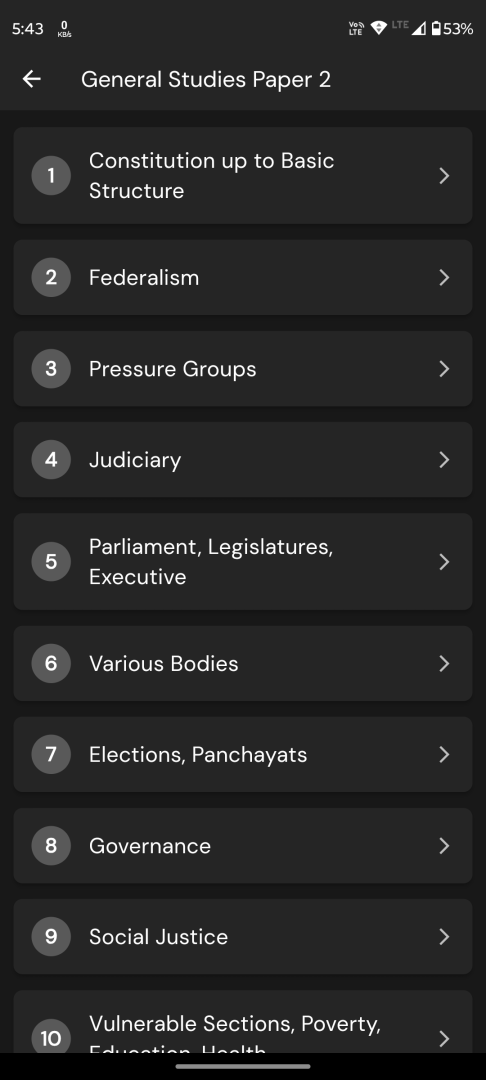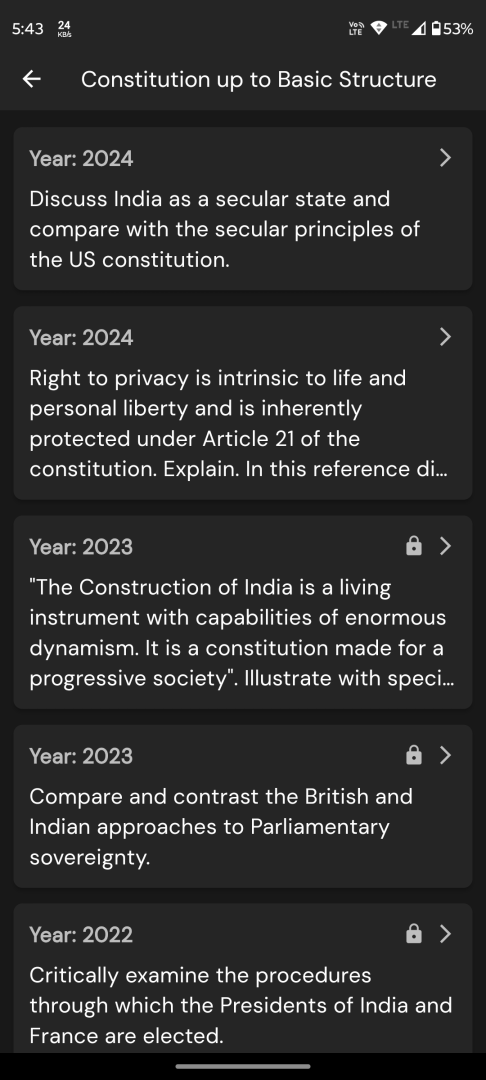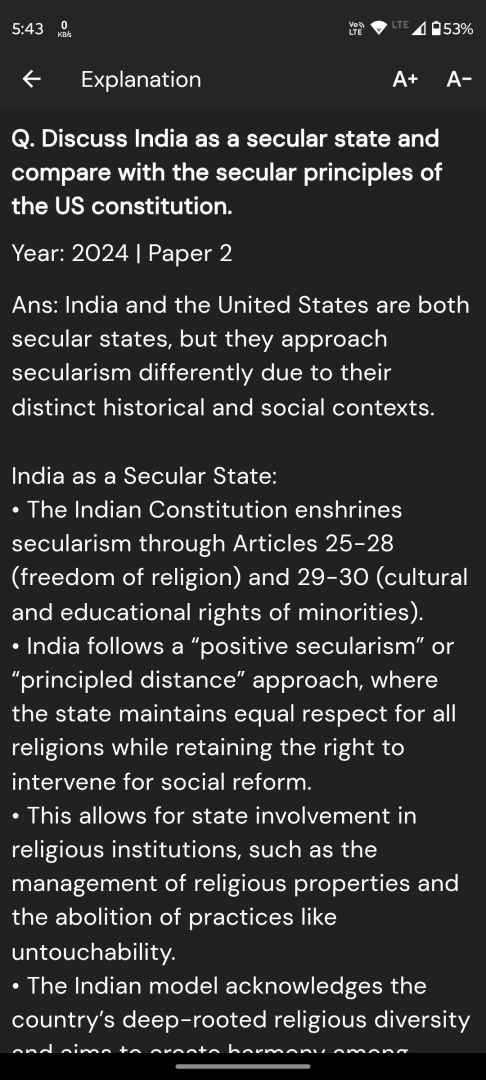Q. Discuss the distribution and density of population in the Ganga River Basin with special reference to land, soil and water resources.
UPSC Mains 2025 GS1 Paper
Model Answer:
Distribution and Density of Population in the Ganga River Basin
The Ganga Basin, covering 26% of India’s landmass across 11 states, supports approximately 600 million people (43% of India’s population), making it one of the world’s most densely populated river basins.
Population Distribution Pattern
The basin exhibits distinct spatial variations in population density:
• Upper Basin (Uttarakhand, Western UP): Exhibits lower density of 200-400 persons/km² due to mountainous terrain and limited arable land. Cities like Dehradun and Haridwar form isolated population clusters.
• Middle Basin (Central UP, Bihar): Records highest density of 800-1200 persons/km², with districts like Vaishali (1,717/km²) and Siwan (1,495/km²) among India’s densest. This region forms the demographic core of the basin.
• Lower Basin (West Bengal): Maintains very high density exceeding 1000 persons/km², particularly in the deltaic regions around Kolkata metropolitan area.
Resource-Population Nexus
Land Resources: The extensive alluvial plains provide flat, cultivable land supporting intensive agriculture and urbanization. The Indo-Gangetic plain’s gentle gradient (barely 20cm/km) facilitates infrastructure development, enabling cities like Kanpur, Patna, and Kolkata to flourish. In contrast, the Himalayan foothills restrict settlements to valley floors.
Soil Resources: The basin’s fertility directly correlates with population density:
• Khadar soils along riverbanks support intensive vegetable cultivation (e.g., Varanasi’s vegetable belt)
• Bhangar soils enable double-cropping of rice-wheat, sustaining rural populations
• Bihar’s rice-growing areas support 1,106 persons/km² compared to western UP’s wheat zones with 828 persons/km²
Water Resources: Perennial water availability shapes demographic patterns:
• Groundwater-rich zones in central plains enable tubewell irrigation, supporting denser populations
• Eastern areas receiving 120cm+ rainfall sustain higher densities than semi-arid western portions (75cm rainfall)
• Canal-irrigated districts like Rohtak show moderate density despite water access, while traditionally irrigated Bihar districts remain densely populated
Conclusion:
The Ganga Basin’s population distribution reflects optimal convergence of fertile soils, water abundance, and cultivable plains.




